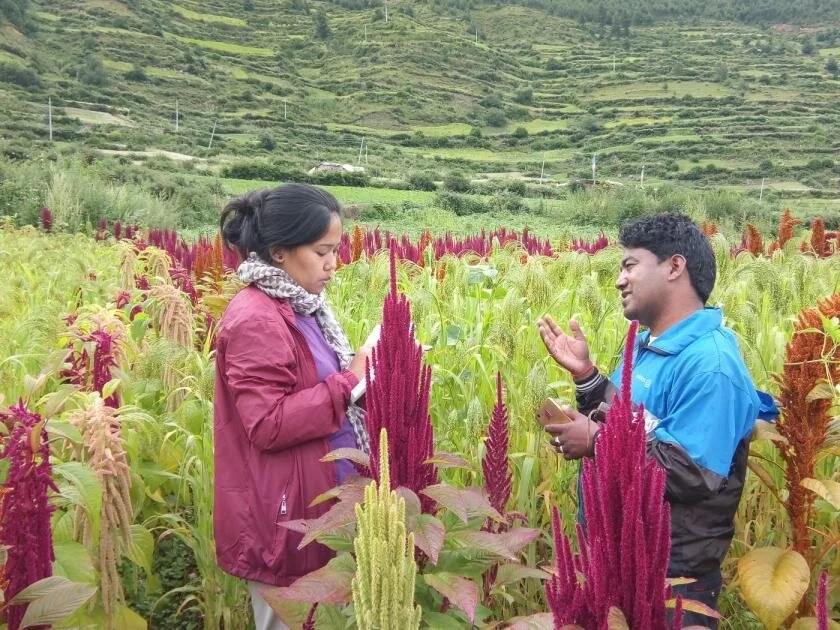Agroecology at the head of a Food Systems Revolution
“By 2050, our planet will need to feed close to 10 billion people. It is vital that we transform our agricultural and food systems so they work with and not against nature. This is the only way to ensure people everywhere have access to a healthy and nutritious diet,” says Inger Andersen, Executive Director, UN Environment Programme.
In April 2018, the Food and Agriculture Organization of the United Nations along with other United Nations partners, including UN Environment, launched a new initiative for tackling these issues.
The Scaling Up Agroecology Initiative aims to show how diversified agroecological systems are vital not only to addressing poverty, hunger, and climate change mitigation and adaptation, but also for directly realizing 12 of the 17 Sustainable Development Goals in areas such as health, education, gender, water, energy and economic growth.
Back in 2013, the Food and Agriculture Organization did not pay much attention to agroecology. But things have changed enormously since then, as governments and farmers across the world are realizing that throwing increasing amounts of pesticides and fertilizers at crops is no longer sustainable, viable or, in the long term, profitable.
“Agroecology is about mainstreaming biodiversity in agriculture and bridging the gap between the producers of food and consumers,” says Emile Frison, the former Director-General of Bioversity International, a leading proponent of agroecology, and a current member of the International Panel of Experts on Sustainable Food Systems (IPES-Food).
“It’s about moving away from monoculture and moving towards agricultural diversity. It’s about taking the focus off yields and placing greater emphasis on global health and environmental benefits as well as livelihood resilience and year-round nurturing of the soil and a broader range of traditional crops. It’s about farmers’ markets. It’s about caring for the declining pollinators we depend on for most of the food we eat. It’s about putting back trees and hedgerows to support birds and other forms of wildlife,” he says.
Siliprandi says agroecology “is based on bottom-up and territorial processes, helping to deliver contextualized solutions to local problems”.
Source: UN Environment

